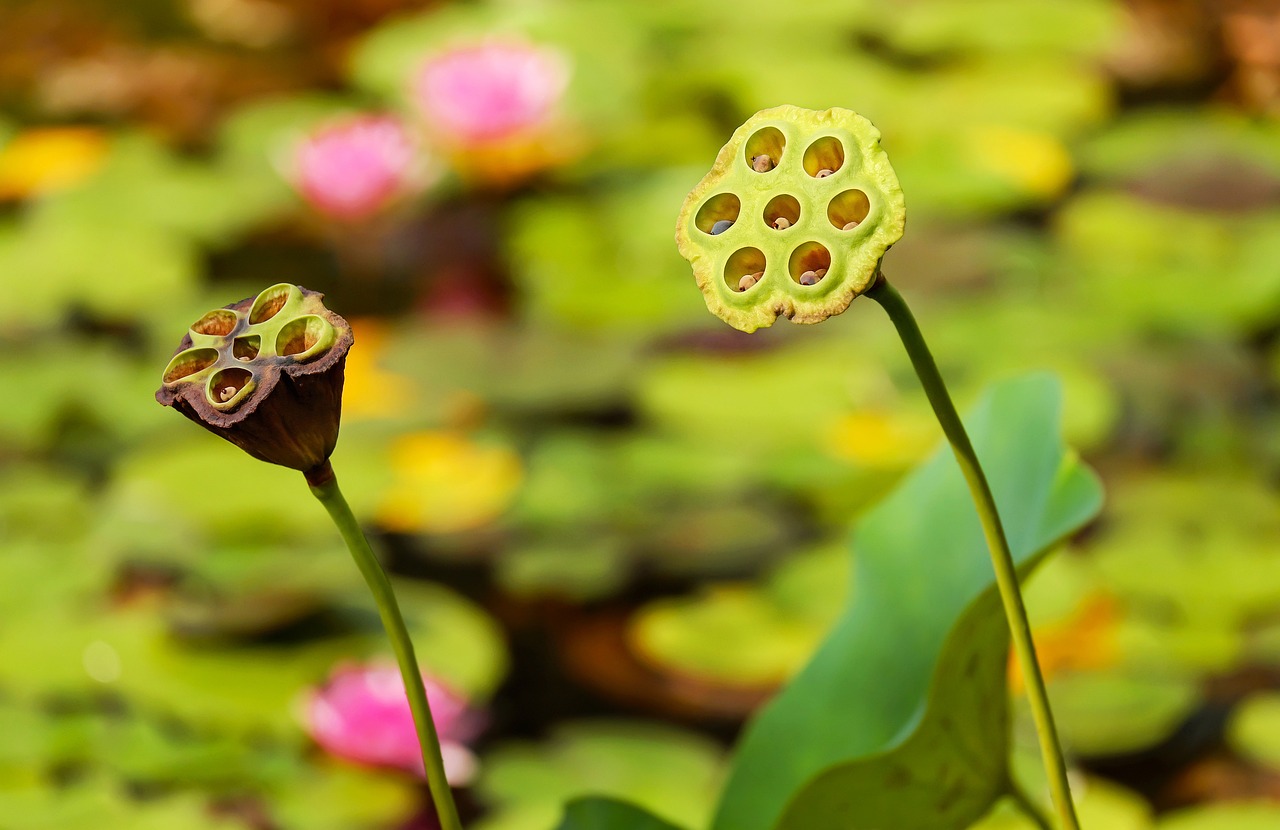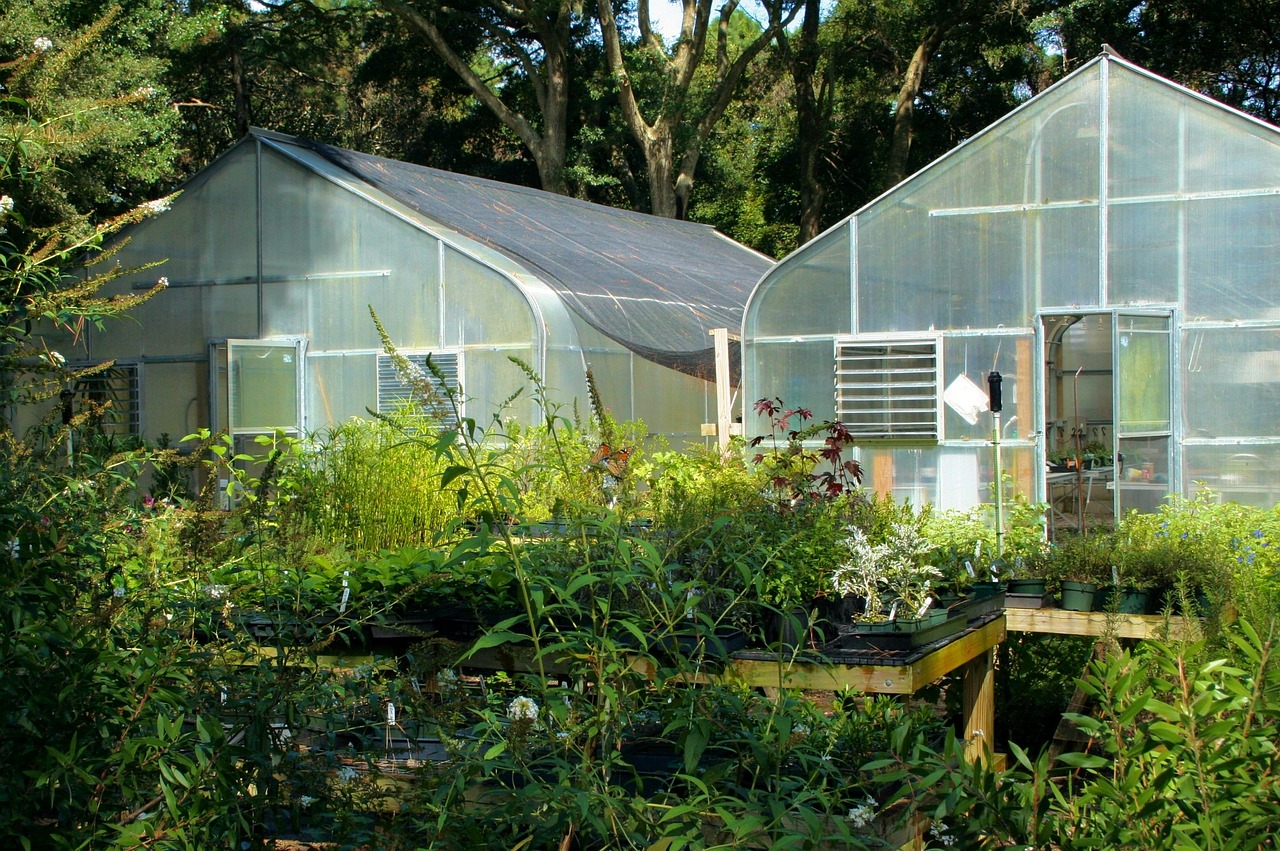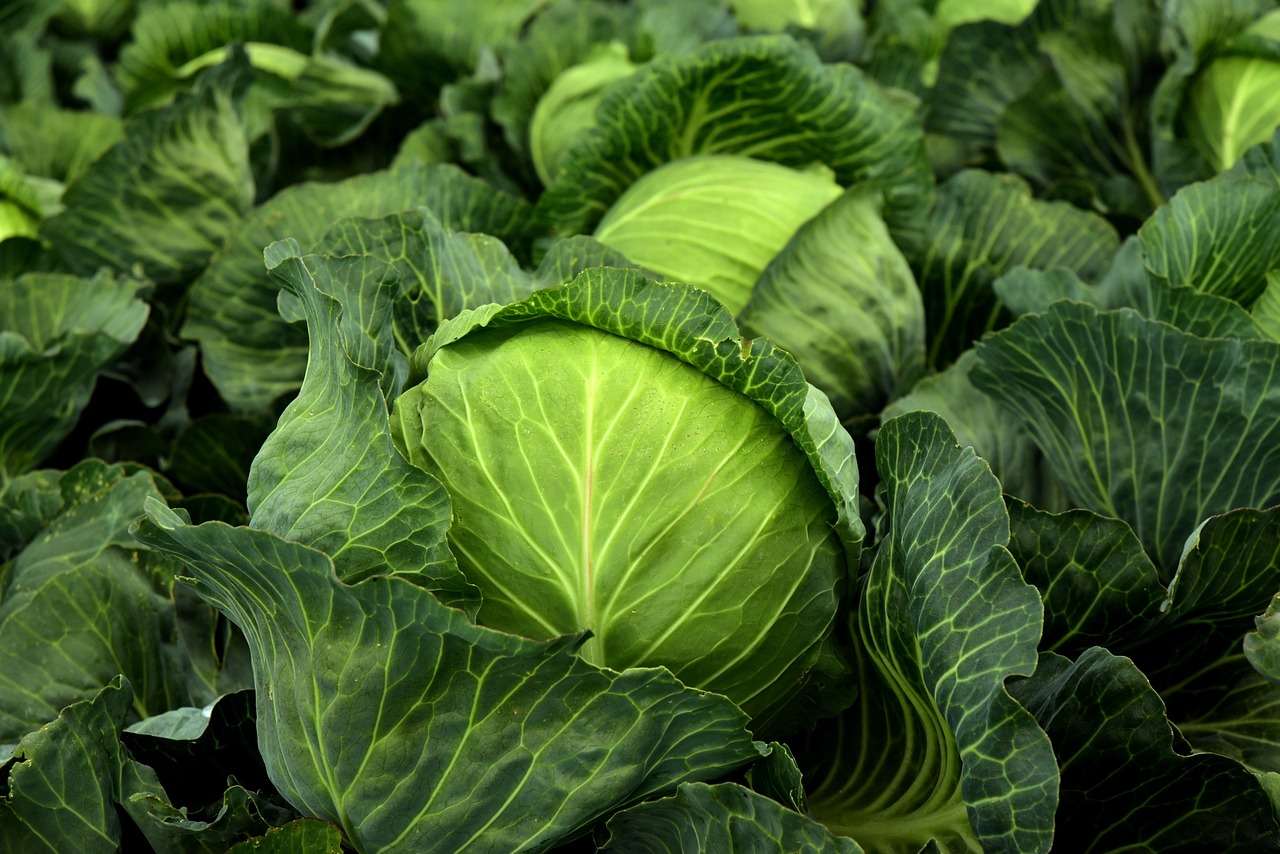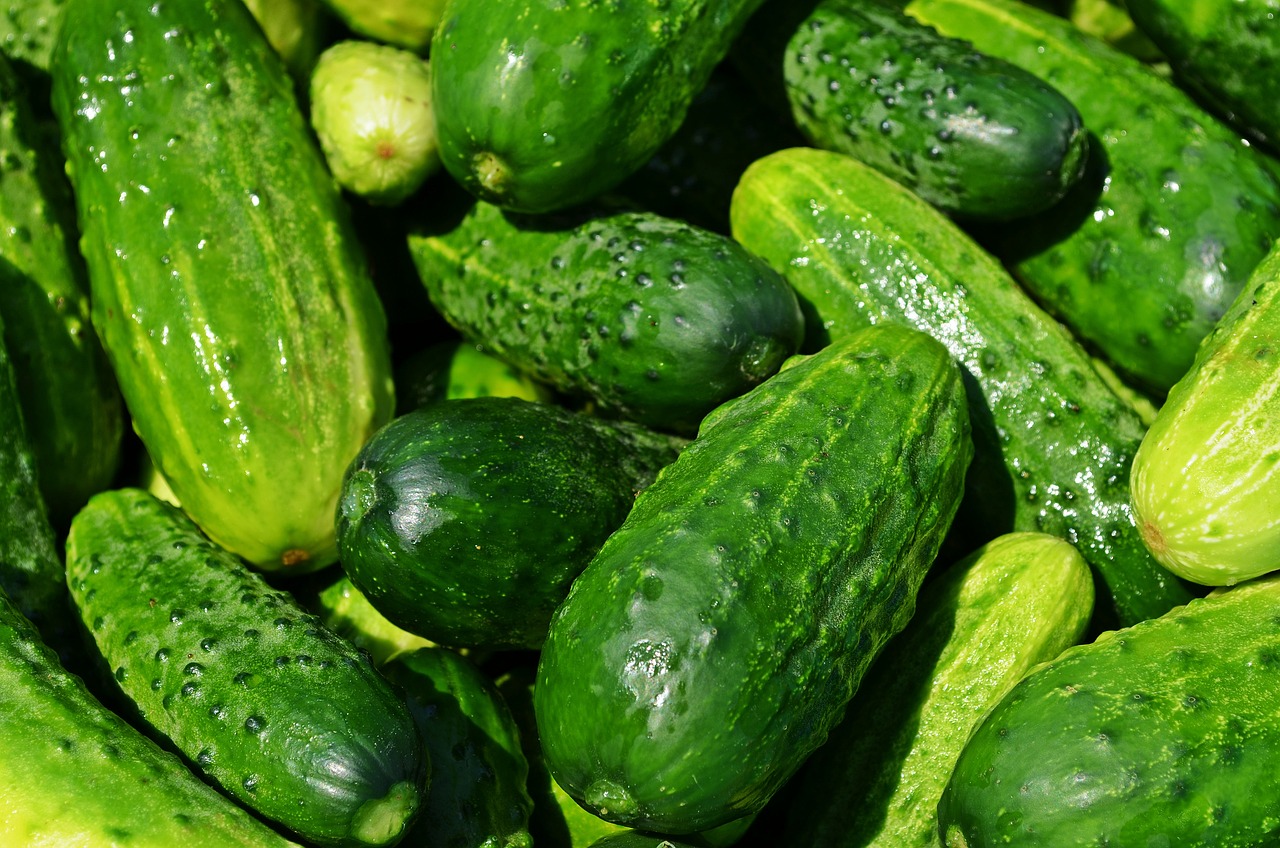Are you interested in preserving plant varieties and promoting biodiversity? One way to do so is through the art of seed saving.
By saving and using seeds from your own garden or farm, you can help maintain genetic diversity and ensure the survival of unique plant varieties.
Seed saving is not only important for preserving plant varieties, but also for promoting sustainable agriculture.
By using saved seeds, you can reduce your reliance on commercial seed companies and their often genetically modified and patented seeds.
Additionally, saved seeds are often better adapted to local growing conditions, leading to healthier and more productive plants.
In this article, we will explore the techniques for successful seed saving, the benefits of using saved seeds in gardening and farming, and how you can promote seed saving and preserve plant varieties for future generations.
The Importance of Seed Saving for Biodiversity
Saving seeds is crucial for maintaining a diverse array of plant species on our planet, and without it, we risk losing valuable genetic resources forever. As a farmer, you play a vital role in preserving plant varieties by saving and exchanging seeds with other farmers. It’s a practice that has been around for centuries, and it’s still relevant today, especially as we face issues like climate change and food insecurity.
Community seed banks are also an essential part of seed saving. These banks act as a repository for seeds, allowing farmers to access a vast collection of plant varieties. They also provide a means for preserving rare and endangered species that might otherwise disappear altogether. By contributing seeds to these banks, you’re helping to ensure that these plant varieties will be available for future generations.
Seed saving may seem like a small act, but it has significant implications for the future of agriculture and our planet’s biodiversity.
Techniques for Successful Seed Saving
By applying simple methods, you can keep the life cycle of your favorite plants going for generations to come. To ensure successful seed saving, it’s important to conduct seed viability testing. This will help determine how long the seeds will stay viable and whether they’re healthy enough to store for future use.
One common technique for testing seed viability is the ‘float test’. Simply place the seeds in a bowl of water and observe which seeds float and which ones sink. The seeds that float are most likely not viable and should be discarded. The ones that sink are good candidates for storage.
Once you have determined which seeds to keep, it’s important to store them properly. Seed storage methods vary depending on the type of seed you’re saving, but in general, cool and dry conditions are key. You can store seeds in airtight containers such as jars, envelopes, or plastic bags.
Be sure to label each container with the plant species and date of collection. Store the containers in a cool, dry place, such as a refrigerator or a basement. With proper seed viability testing and storage techniques, you can help preserve plant varieties for future generations.
Choosing the Right Plants for Seed Saving
When you’re selecting which plants to keep their seeds, plant selection is crucial. You want to choose plants that are healthy, disease-resistant, and produce high-quality fruit or vegetables. Additionally, you want to consider the plant’s genetic diversity. Genetic diversity is important because it ensures that the plant’s offspring will have a greater chance of adapting to changing environmental conditions.
When choosing plants for seed saving, it’s important to select plants that are open-pollinated. Open-pollinated plants are those that are pollinated naturally by insects or wind, as opposed to being pollinated artificially by humans. This is important because open-pollinated plants will produce offspring that are genetically diverse, which is necessary for the long-term health and adaptability of the plant population.
By carefully selecting and saving the seeds of healthy, genetically diverse plants, you can help preserve plant varieties for future generations.
Benefits of Using Saved Seeds in Gardening and Farming
Using saved seeds in your garden or farm can provide numerous advantages. For one, it can increase genetic diversity within your crops. This is especially important in today’s world, where monoculture farming has led to a decrease in genetic diversity among crops. By using saved seeds, you can help preserve unique plant varieties that may have otherwise been lost.
Another benefit of using saved seeds is that they’re often better adapted to local conditions. This is because the seeds have already been grown in the same environment, which means they’re better suited to handle local pests and weather patterns. Additionally, using saved seeds can save you money on seed purchases, especially if you go through the process of seed viability testing and establishment of a seed bank.
This may take a bit of effort initially, but in the long run, it can result in greater self-sufficiency and resilience for your garden or farm.
Promoting Seed Saving and Preserving Plant Varieties for Future Generations

You can help ensure a diverse and resilient future for your garden or farm by learning how to save and share your own seeds with others. One way to do this is by participating in seed exchanges within your community.
Seed exchanges allow for the sharing of different varieties of plants, which can lead to a more diverse and sustainable garden or farm. In addition, involving your community in seed saving can have a positive impact on preserving plant varieties for future generations.
By teaching others how to save seeds, you are helping to promote a culture of seed saving and preservation. This can lead to a stronger, more resilient local food system and a deeper appreciation for the importance of biodiversity in agriculture.
So, take the time to learn about seed saving and share your knowledge with others in your community. Together, we can ensure a bright and fruitful future for our gardens and farms.
Frequently Asked Questions
What are some common mistakes to avoid when saving seeds?
When saving seeds, common mistakes include not properly drying and storing them, and not labeling them correctly. Best practices include selecting healthy, ripe fruits for seed collection and storing them in a cool, dry place.
How long can saved seeds be stored and still remain viable?
Did you know that saved seeds can remain viable for years if stored properly? Seed viability testing can confirm if they are still good. Optimal seed storage techniques involve keeping them cool, dry, and airtight.
Can hybrid plants be used for seed saving?
Hybrid plants can be used for seed saving, but there are limitations. Cross pollination risks can result in unpredictable offspring. It’s best to use open-pollinated varieties if you want to preserve plant varieties.
Are there any legal restrictions on saving and sharing seeds?
You should be aware of the legal implications when saving and sharing seeds. There are restrictions on commercial use, but for personal use, it is generally allowed. Always research and follow the laws in your area.
How can seed saving contribute to food security and community resilience?
Saving and sharing heirloom seeds from community gardens can increase food security and build community resilience. By preserving plant varieties, you can ensure a diverse and sustainable food supply for future generations.
Conclusion
Congratulations! You’ve learned about the art of seed saving and the importance of preserving plant varieties for future generations.
By using the techniques discussed, you can successfully save seeds from your favorite plants and help maintain biodiversity in your garden or farm. Remember to choose the right plants for seed saving and store them properly to ensure their viability.
Using saved seeds in your gardening and farming practices has many benefits, including cost savings and the ability to grow plants that are well-suited to your specific environment. Additionally, promoting seed saving within your community can help preserve important plant varieties and promote sustainable agriculture.
By practicing the art of seed saving, you can play a crucial role in preserving our natural resources and ensuring a more sustainable future.










